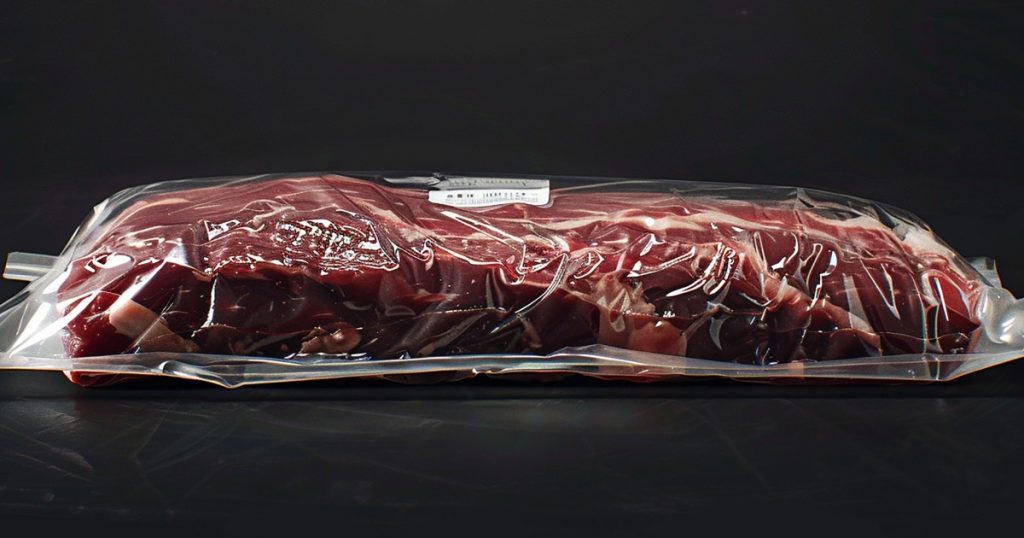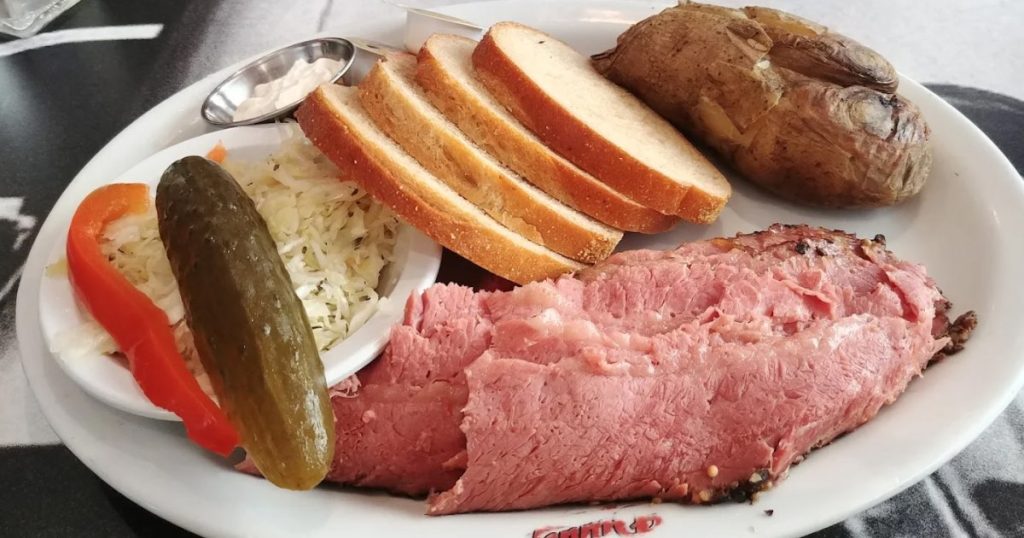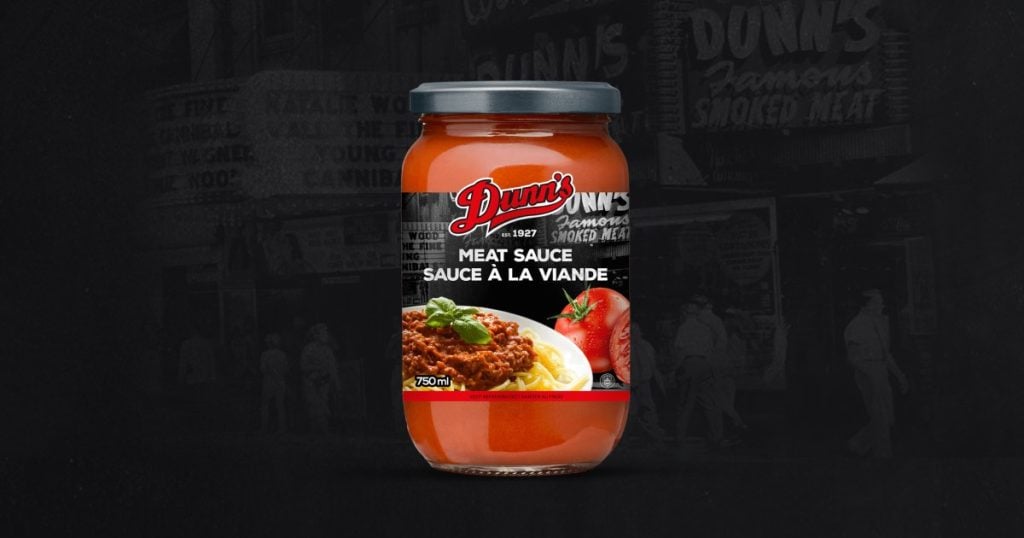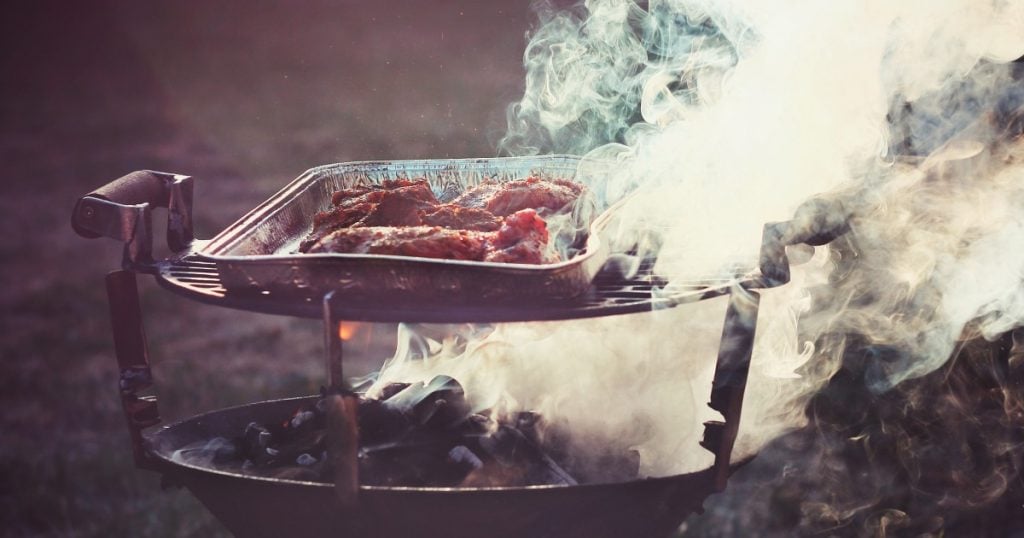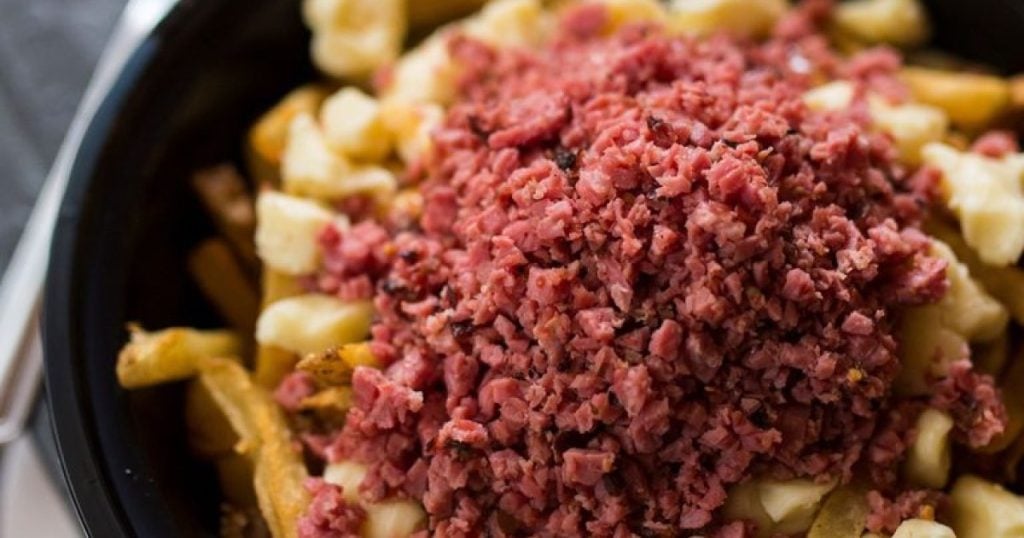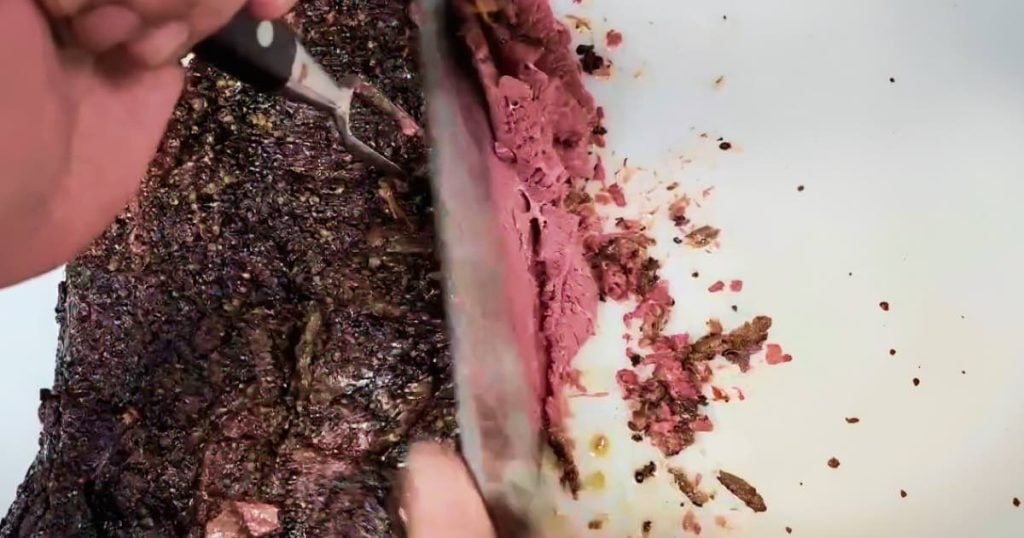Ever bite into a votre sandwich au smoked meat that felt more like a workout than a meal? Tough, chewy, or unevenly cut slices can ruin what should be a melt-in-your-mouth experience. And more often than not, the problem isn’t the meat, it’s the way it was sliced.
When it comes to smoked meat de style montréalais, slicing is an essential step that affects everything from texture to flavor balance. A perfectly cooked brisket can easily fall short if the grain isn’t respected or the cut is too thick.
In this blog, we’ll walk you through the proper techniques for slicing smoked meat, including the tools to use, the angle to cut, and the little tricks that make a big difference.
What Kind of Meat Are We Slicing?
To slice smoked meat the right way, you first need to know what you’re working with. Most Montreal-style smoked meat is made from beef brisket, a flavorful but tough cut that comes from the lower chest of the cow. It’s well-marbled, meaning it contains layers of fat interwoven with dense muscle fibers, ideal for smoking, but also demanding when it comes to slicing.
Brisket has two distinct sections:
- The Flat (or “first cut”) is leaner, with long, straight muscle fibers and less fat.
- The Point (or “second cut”) is fattier, with more marbling and a richer taste, but also trickier to slice due to changing grain directions.
That’s where slicing gets technical. The grain refers to the direction in which the muscle fibers run. If you slice with the grain, you end up with long, chewy strands of meat. If you slice against the grain, you shorten those fibers, resulting in softer, more tender bites.
Always Slice Against the Grain
If there’s one rule you should never break when slicing smoked meat, it’s this: always cut against the grain.
So what exactly is “the grain”? In simple terms, it’s the direction the muscle fibers run in the meat. You can usually see it; it looks like thin lines or striations across the surface. These fibers are what give meat its structure. When you cut with the grain, you leave those fibers long, which results in slices that are tough and chewy. When you cut against the grain, you’re breaking those fibers into smaller pieces, making each bite more tender and easier to chew.
This is especially important when slicing brisket, which has dense, fibrous muscles. The flat section typically has a straight, uniform grain, but the point section is a bit trickier. As the brisket moves from flat to point, the grain direction begins to shift diagonally or curve, so you may need to adjust your slicing angle accordingly, sometimes even rotate the brisket as you cut.
Rest Before You Slice to Lock in the Juices
You’ve spent hours smoking or steaming your brisket to perfection, so don’t undo it by slicing too soon. One of the most overlooked steps in preparing smoked meat is letting it rest.
Why does this matter? During cooking, juices inside the meat are pushed toward the surface by heat. If you slice into it right away, those juices spill out, leaving you with dry, stringy meat. But if you let it rest, the juices redistribute throughout the brisket, keeping every slice moist, flavorful, and tender.
For Montreal-style smoked meat, which is often steamed before slicing, a good rule of thumb is to let the meat rest for at least 15 to 30 minutes after it comes off the heat. If the brisket is particularly large or has been cooking for many hours, rest it even longer. You can tent it loosely with foil to retain warmth without trapping steam, which could make the crust soggy.
The Tools You Need for Perfect Slicing
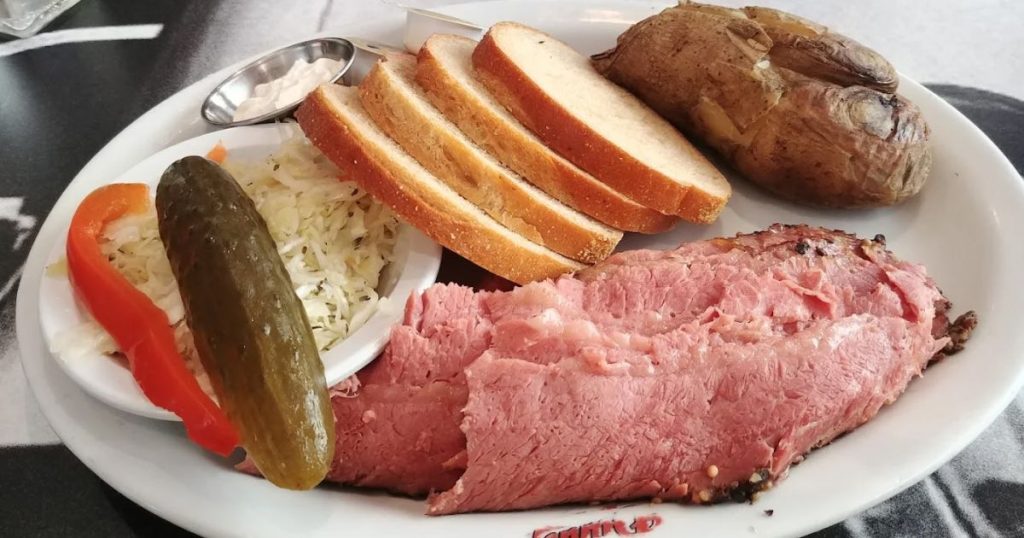
For Montreal-style smoked meat, a long, sharp carving knife or brisket slicer is ideal. These knives are designed for precision, allowing you to make long, even strokes that glide through the meat without tearing or crushing it. The blade should be at least 10 to 12 inches long to handle large cuts, and always razor-sharp; dull blades can shred the meat instead of slicing it cleanly.
Avoid sawing motions at all costs. They create jagged edges and uneven thickness, which affect both the texture and appearance of each slice. Instead, use smooth, single-direction cuts with gentle pressure. Let the knife do the work.
Here’s a pro tip: If you’re slicing cold-smoked meat or prepping it in advance, consider chilling or semi-freezing the meat for 20–30 minutes. This firms up the surface just enough to help you get cleaner, thinner slices, especially useful if you’re portioning for sandwiches.
How Thin is Just Right?
When it comes to slicing smoked meat, thickness matters just as much as direction. Cut too thick, and your meat becomes chewy and heavy. Slice too thin, and it starts to fall apart, losing that satisfying bite and texture Montreal-style smoked meat is known for.
So what’s the sweet spot? For deli-style smoked meat, especially if you’re serving it hot and stacked in a sandwich, slices should be about ⅛” to ¼” thick. This range gives you tender, foldable cuts that hold their shape, absorb just the right amount of steam, and layer perfectly on rye bread without clumping or crumbling.
If you’re slicing by hand, go for a slight diagonal bias, around a 45° angle. This exposes more surface area and enhances tenderness by shortening the muscle fibers even further. It also gives each slice a broad, ribbon-like appearance that looks great on a plate or sandwich.
Hand-Slicing vs. Meat Slicer: What the Experts Say
Ask any smoked meat purist, and you’ll likely hear the same thing: there’s something sacred about hand-slicing. At traditional Montreal delis like Dunn’s Famous, slicing smoked meat by hand is a practiced art done by skilled cutters who understand the nuances of every brisket.
But what about meat slicers? They definitely have a place, especially in high-volume kitchens or for cold, thin-sliced portions. A quality meat slicer offers uniform thickness, which is useful when prepping ahead or feeding a crowd. However, it lacks the responsiveness of hand-slicing, where the cutter can adapt to each section of the meat and preserve its structure and moisture.
For home cooks, don’t worry if you don’t have a commercial slicer. With a long, sharp carving knife, a sturdy cutting board, and a bit of patience, you can replicate the deli experience.
While meat slicers offer convenience, nothing quite compares to the control and texture of hand-sliced smoked meat. For many, it’s the difference between “good enough” and “just like the deli.”
Pro Tips for Picture-Perfect Smoked Meat Slices
Even with the right knife and technique, a few small tricks can take your smoked meat slicing from decent to deli-quality. If you want slices that are clean, uniform, and Instagram-worthy, these pro tips make all the difference:
- Chill or Semi-Freeze Before Slicing: If you’re working with smoked meat that’s been fully cooked and cooled, placing it in the fridge or even the freezer for 20 to 30 minutes can help firm it up just enough.
- Trim Excess Fat (After Slicing): While fat is a big part of the flavor, no one enjoys a bite that’s all chew. Once your slices are done, take a quick look and trim off any thick or rubbery fat edges.
- Wipe Your Blade Often: Smoked meat is juicy by nature, and even the sharpest blade will collect buildup. Keep a damp towel or cloth nearby and wipe the knife every few slices. This keeps your cuts clean, prevents tearing, and maintains a sharp edge throughout the process.
Conclusion
Slicing smoked meat isn’t just a final step; it’s part of the craft. From identifying the grain to choosing the right knife and angle, every detail matters. Done right, each slice delivers the full flavor, tenderness, and satisfaction that Montreal-style smoked meat is known for.
Want to taste smoked meat done the right way?
Visitez Dunn’s Famous and enjoy expertly hand-sliced smoked meat the way it’s meant to be served: tender, juicy, and unforgettable. Nothing beats the original.
